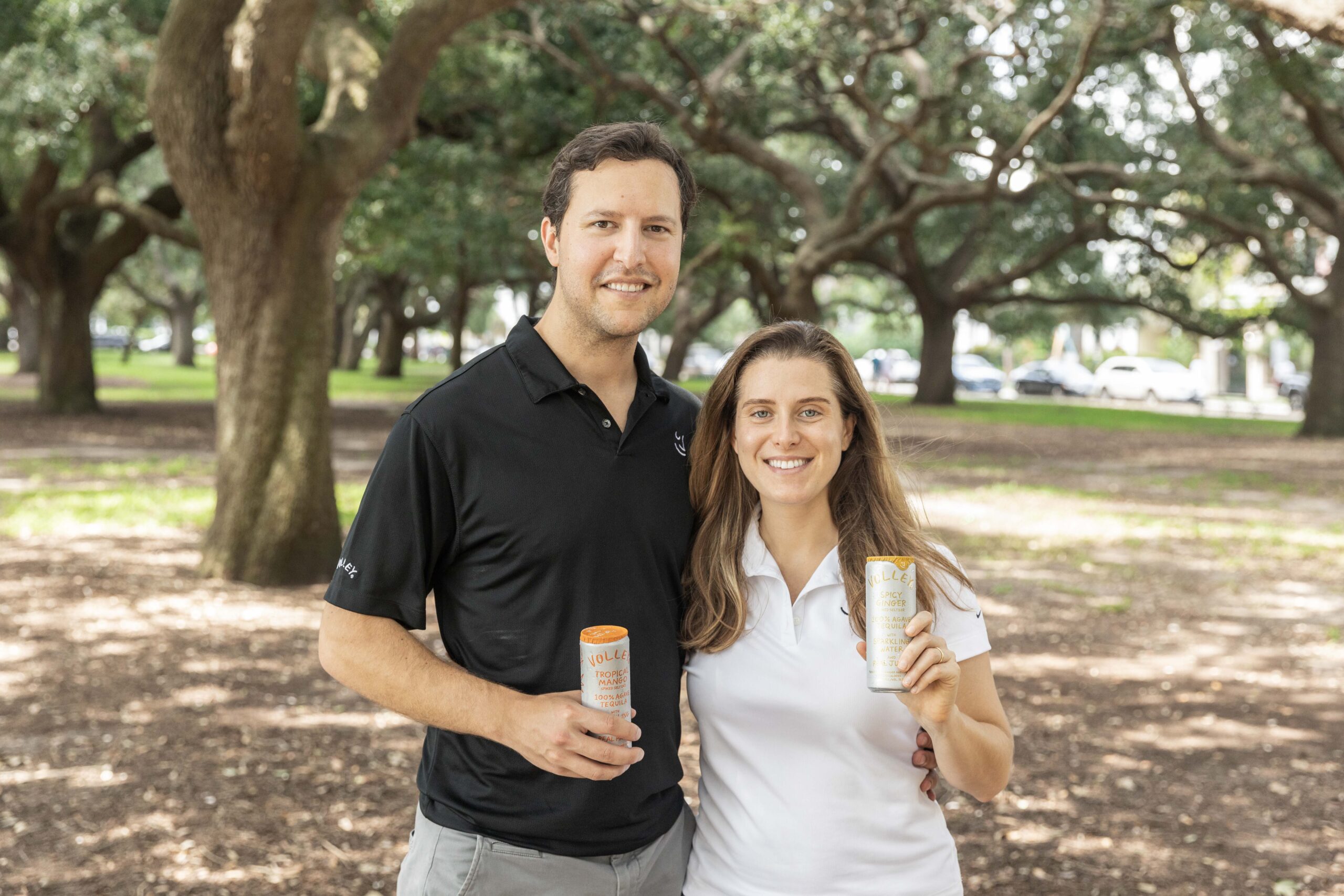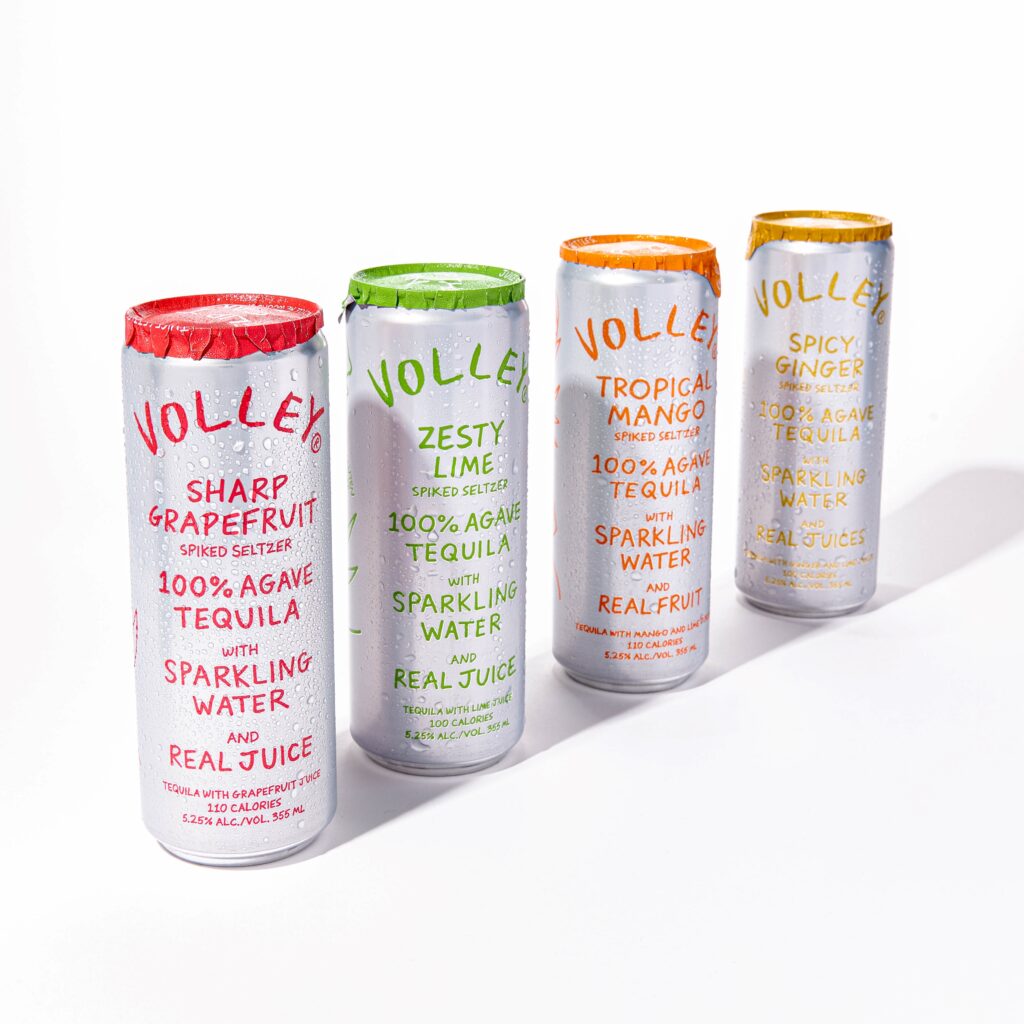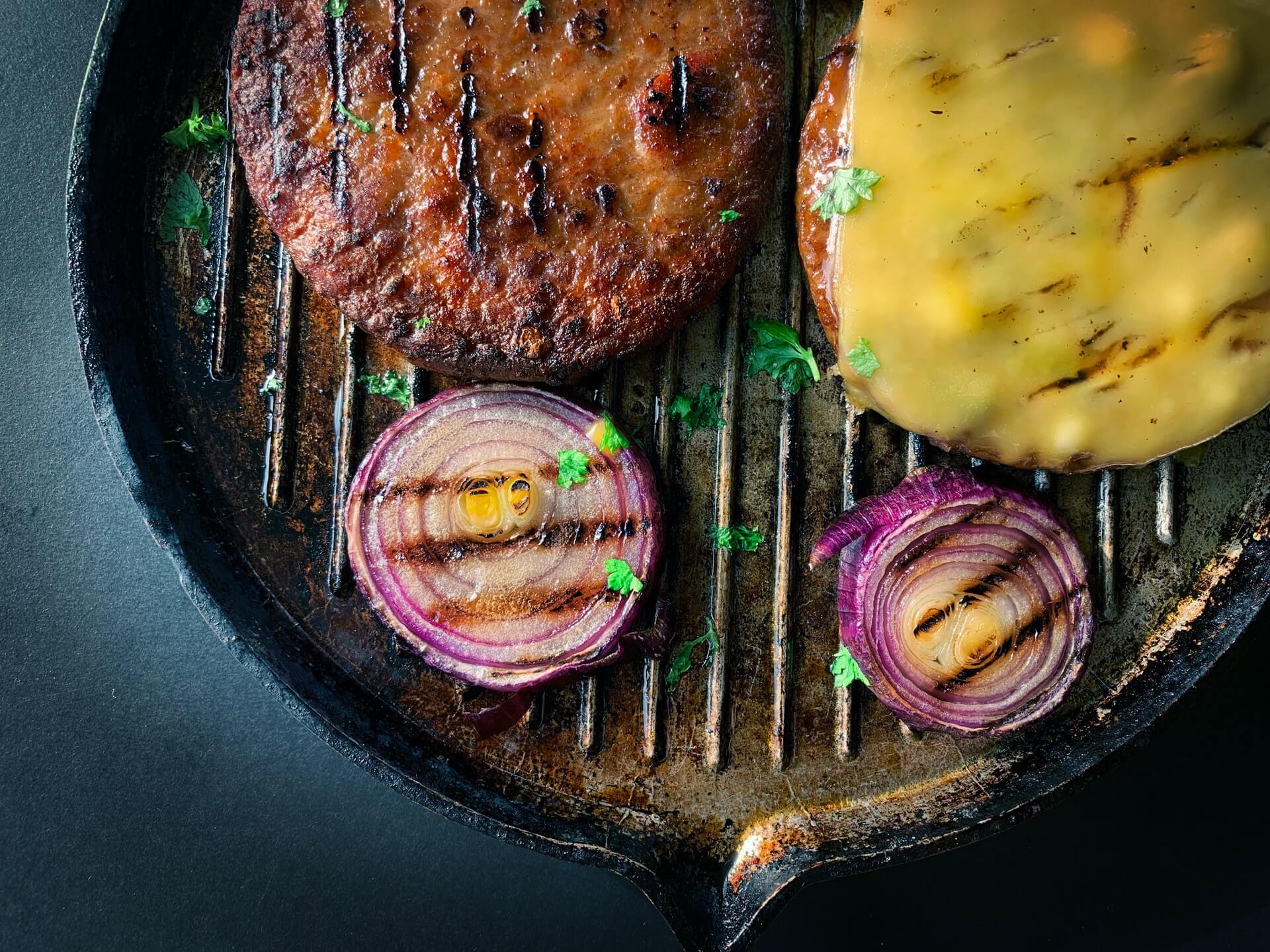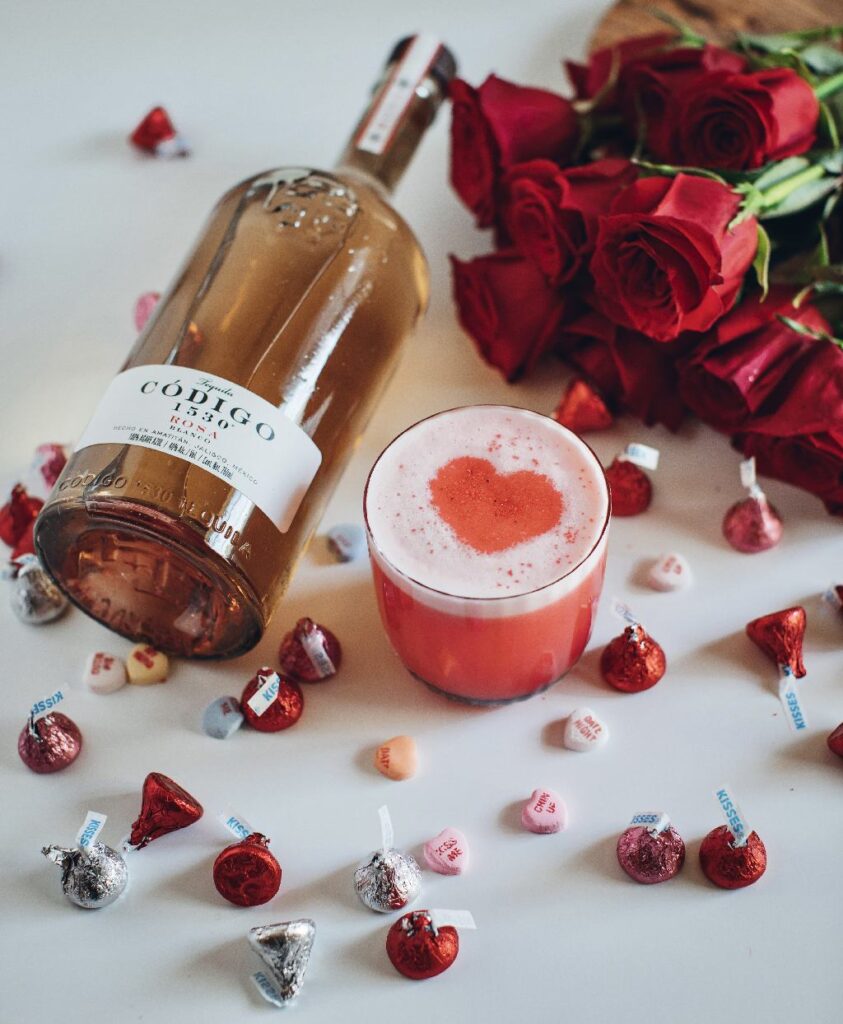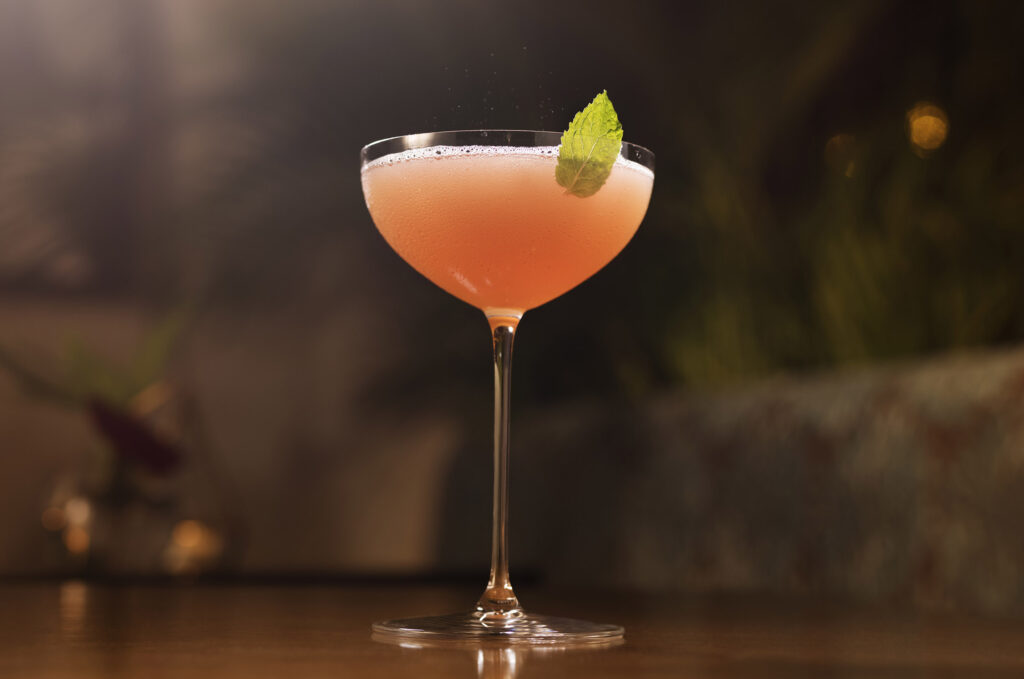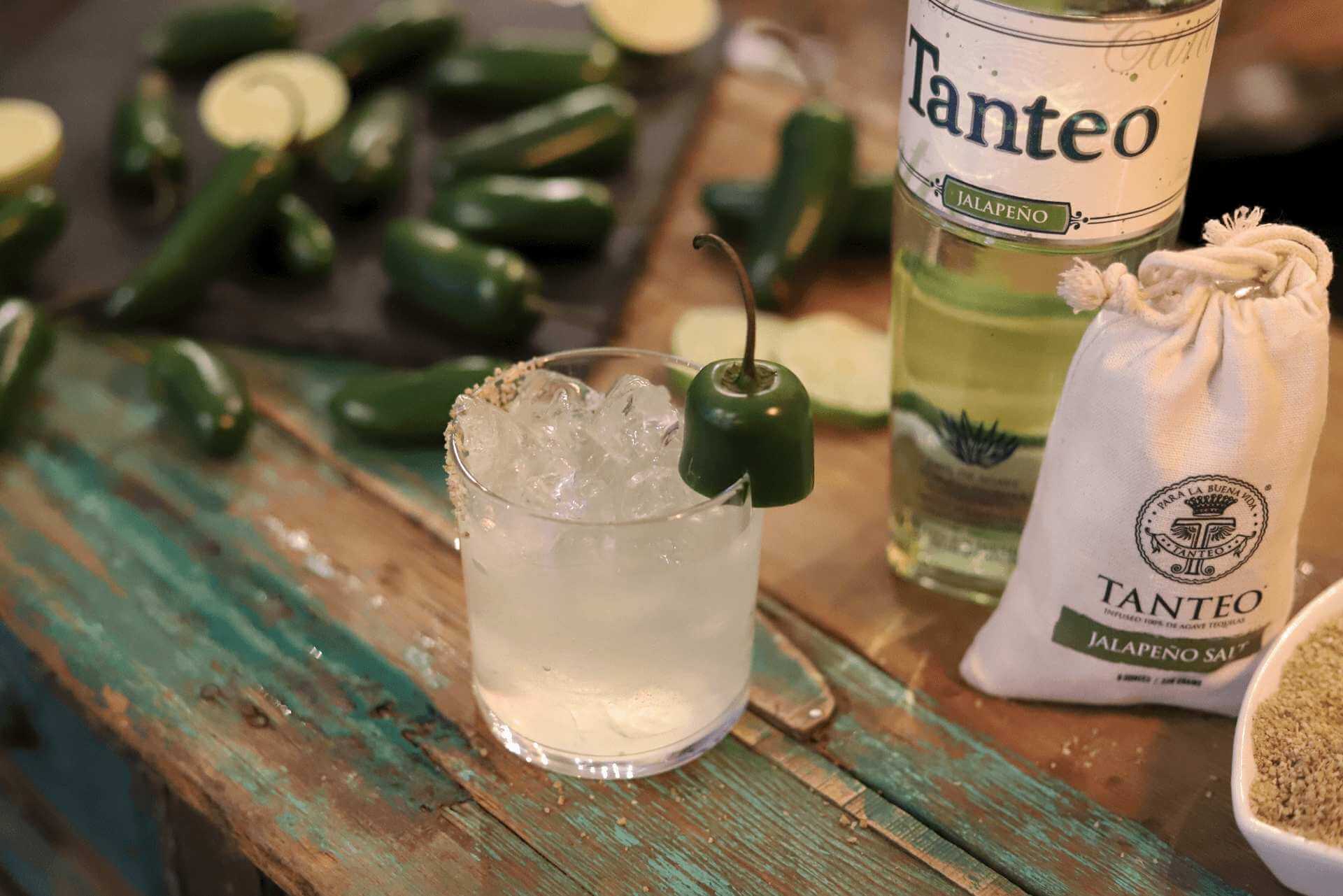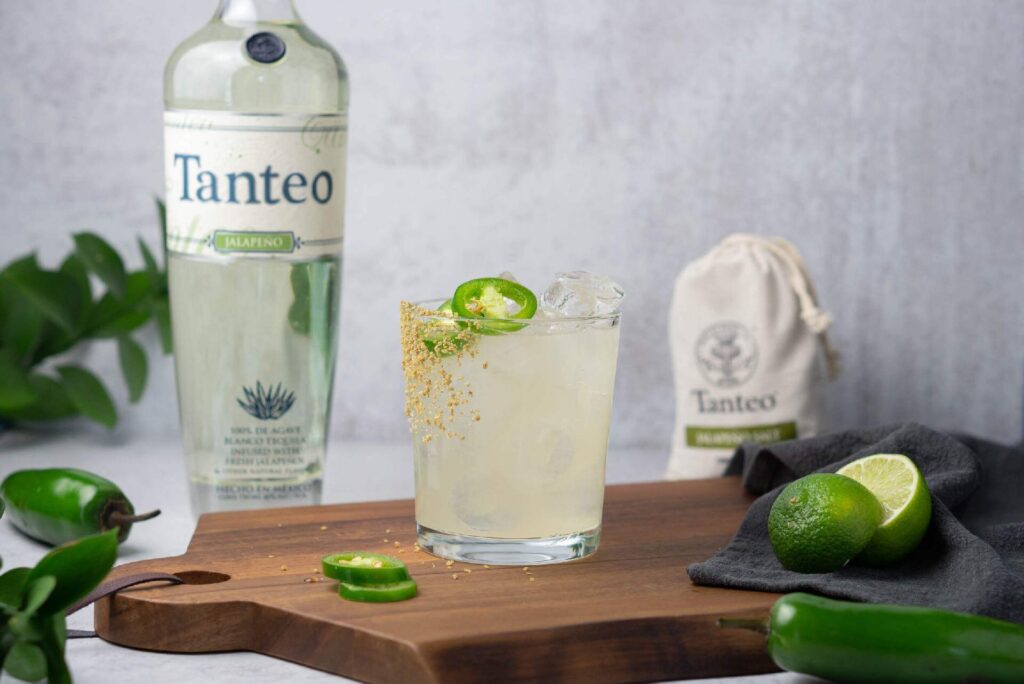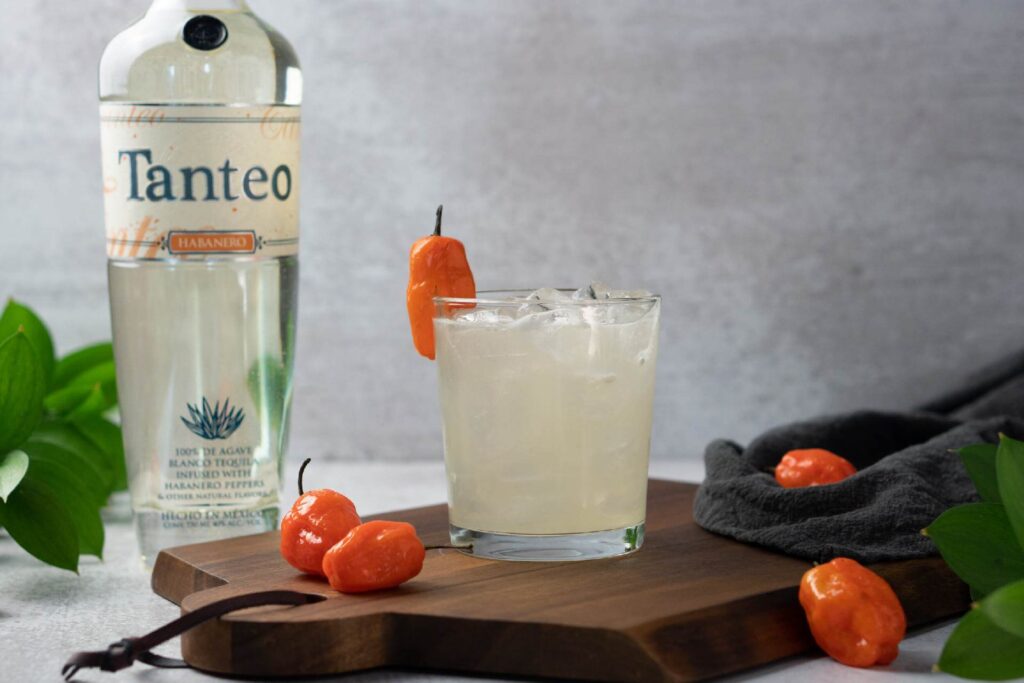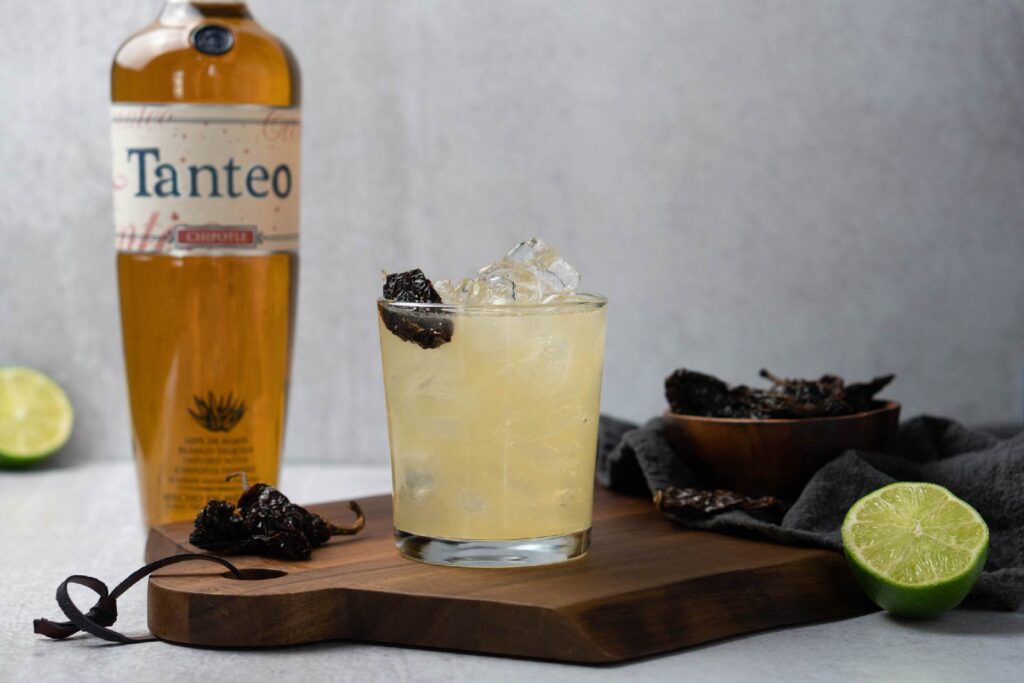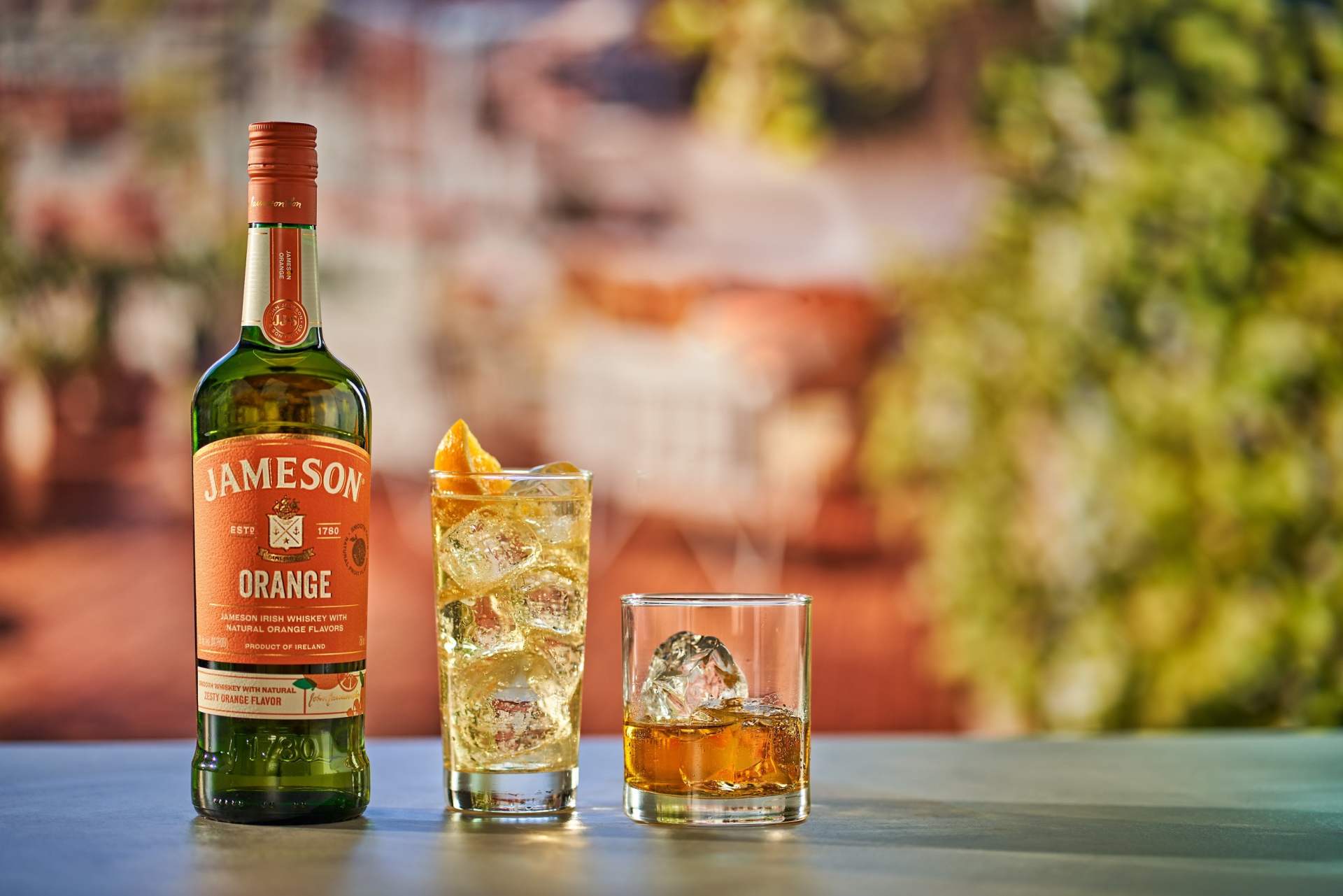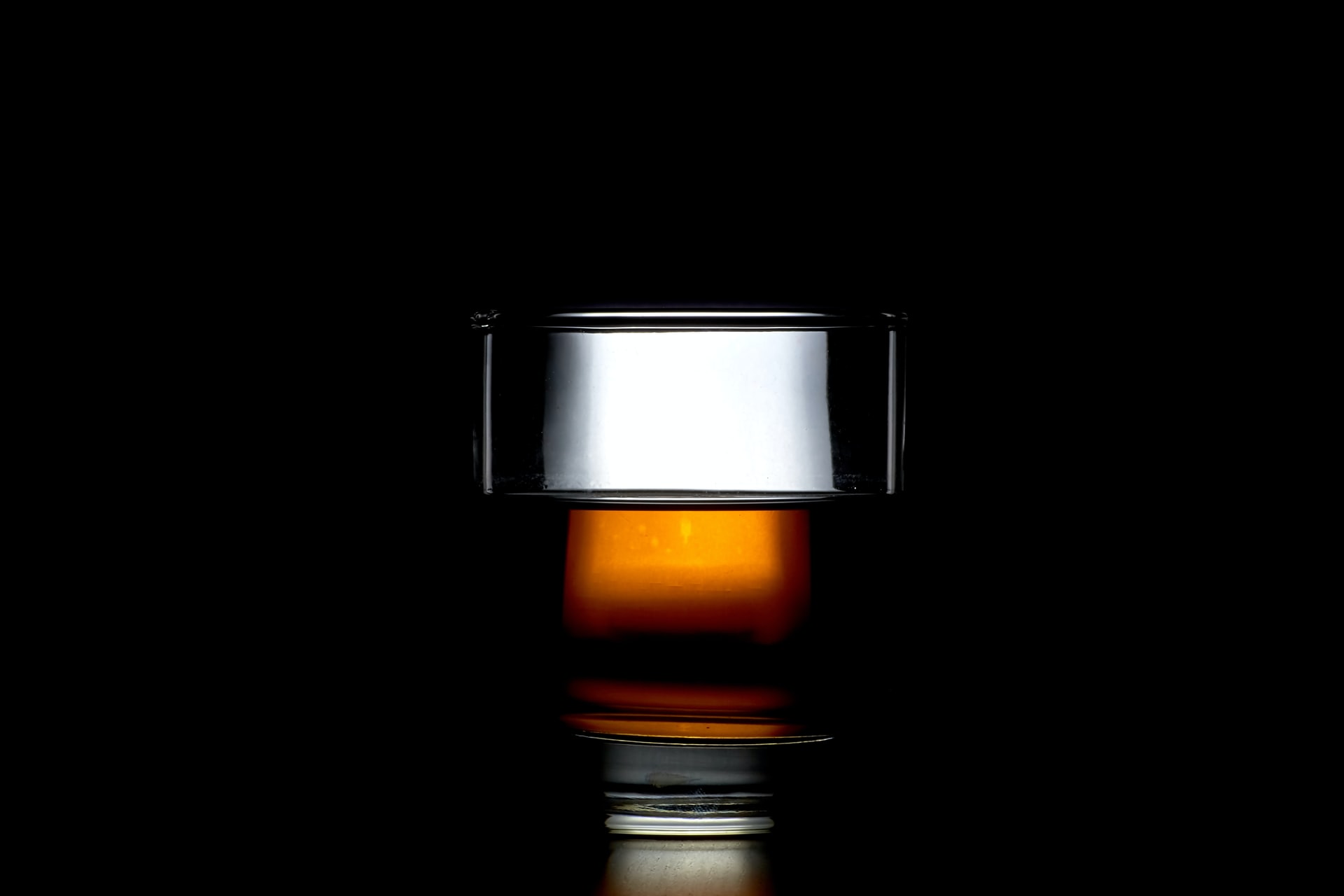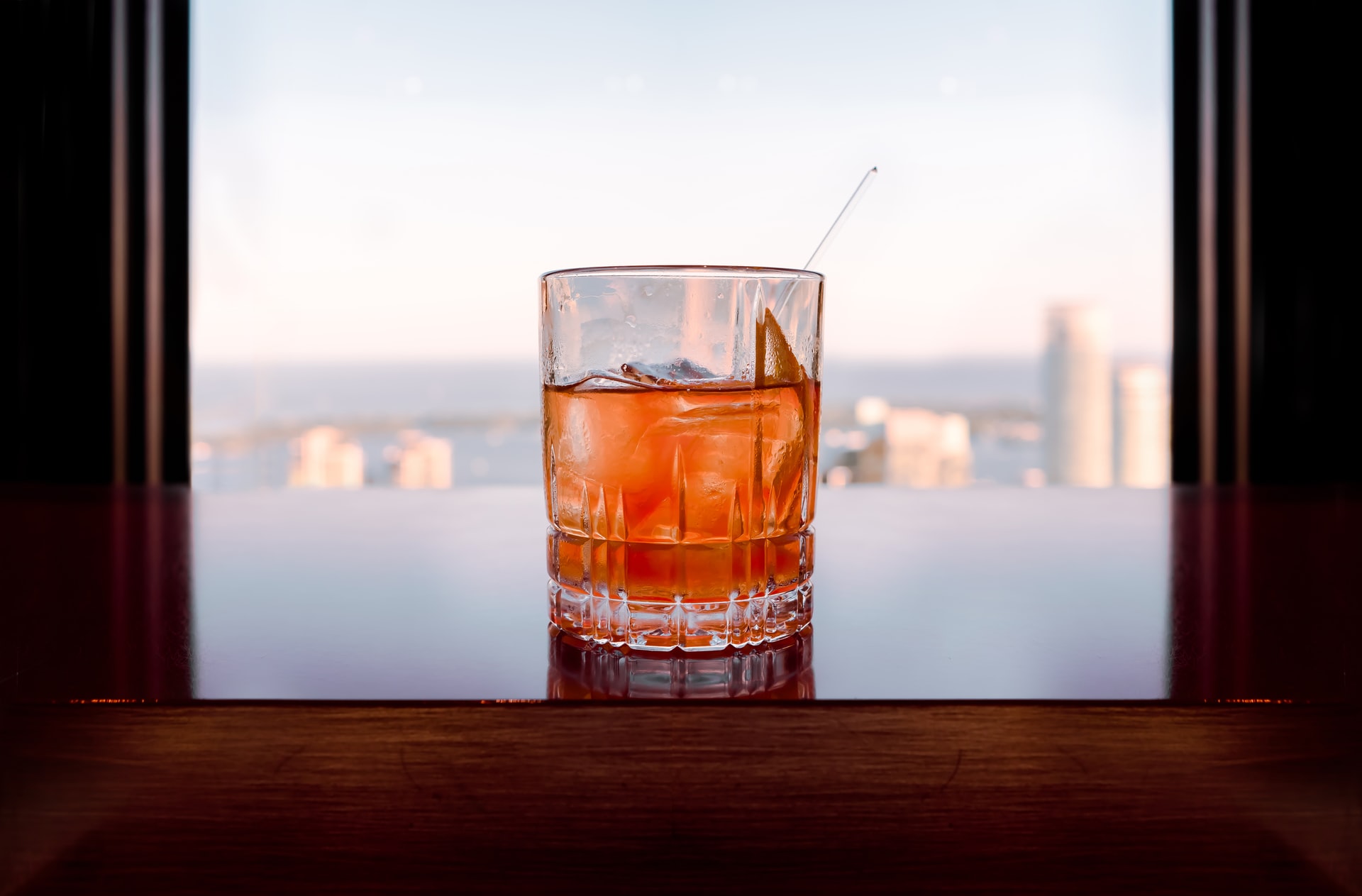Booze Brands Spent Buckets on Big Game
by David Klemt

Super Bowl LVI commanded ad prices of $7 million for just 30 seconds, and several brands scrambled to snap up these record-setting spots up.
But before we get into some of the brands that purchased ads, congratulations to the Los Angeles! And condolences to Cincinnati Bengals fans—that was a heartbreaker.
Personally, I had no skin in the game. However, I was eleven years old when the Bengals last made it to the Big Game in 1989. I wanted to see them win last night.
Speaking of the Big Game, a 30-second ad spot reportedly cost $675,000 during the 23rd championship. In today’s money, that would be $1,530,442.
So, who in the beverage alcohol world splashed out $7 million for ads during the Big Game yesterday? And why do we still have to play this name game when referring to “that” game?
More importantly, what does it matter to you who spent so much on commercials on Sunday? Well, with so many eyes glued to TVs yesterday, it stands to reason that some consumers will be influenced to seek out brands and new products.
In other words, you may find that guests are ordering or asking if you carry certain products. For example, the products below.
Budweiser
Would it be a…Big Game…without a Budweiser commercial? Technically, yes. But I think we all know it would feel weird.
Yesterday’s spot was sparse when it comes to beer. However, it featured a horse and dog best friend duo, and that’s just as good as beer. Perhaps it’s even better, because dogs are dogs and horses are huge dogs.
Bud Light Hard Seltzer Soda
When Guy Fieri shows up you can bet whatever he’s endorsing is big on flavor. So, since the Mayor of Flavortown (who I’m now crowning Lord of the Land of Loud Flavors) showed up in yesterday’s Bud Light Hard Seltzer Soda, operators should count on some guests asking for these five-percent ABV RTDs.
Bud Light NEXT
Oh, you thought Hard Seltzer Soda was Bud Light’s big reveal? Nope!
The brand purchased two spots and one revealed Bud Light NEXT, the brand’s new zero-carb beer. The compelling ad asks people to consider the benefits of eschewing norms
Busch Light
Ya gotta love a brand that leans into having fun in their marketing. Busch Light knows who they are as a brand and, more just as importantly, knows their audience.
I’m not gonna lie, their ad made me want to kick back, pop a top, and listen to the soothing sounds of Kenny G. Outdoors. By a river. At the foot of a mountain.
Cutwater Spirits
People love the “Here’s to the crazy ones” quote from Steve Jobs. Well, Cutwater Spirits is raising a can to the lazy ones.
Just watch it below, trust me. Of the alcohol commercials, this was my favorite.
Michelob Ultra
The sheer number of celebrity athletes that showed up in Michelob Ultra‘s ad spot was breathtaking. Just as impressive is the fact that their spot came in at one minute. So, Michelob likely spent $14 million on their ad.
Of course, as a The Big Lebowski fan, the biggest feature for me was Steve Buscemi’s appearance in a bowling alley. Donny lives!
Samuel Adams
Well, your cousin from Boston got a security gig at Boston Dynamics. In Samuel Adams’ “Your Cousin from Boston (Dynamics)” spot, your cousin introduces the robots to the new Wicked IPA Party Pack. Whaddya wanna bet shenanigans ensue?
There are four beers in the pack: Wicked Hazy, Wicked Easy, Wicked Double, and the brand-new Wicked Tropical.
Image: Dave Adamson on Unsplash

